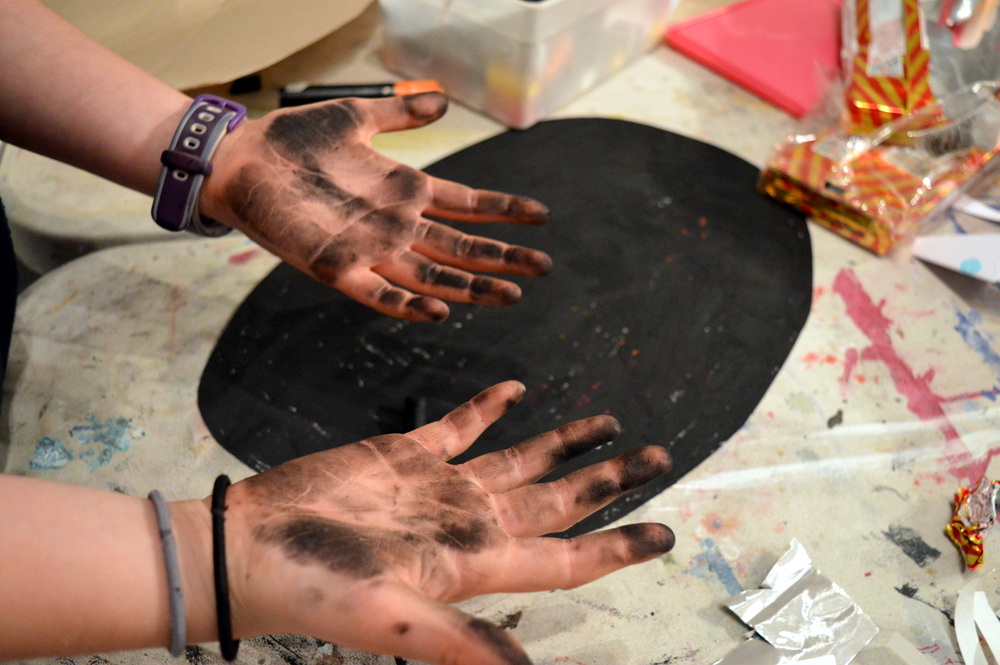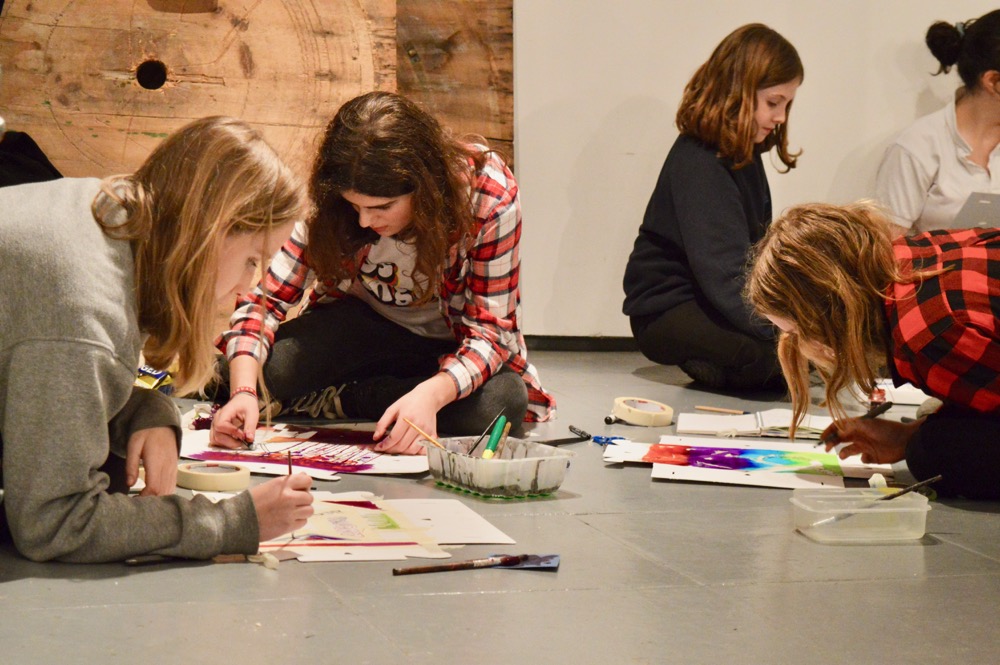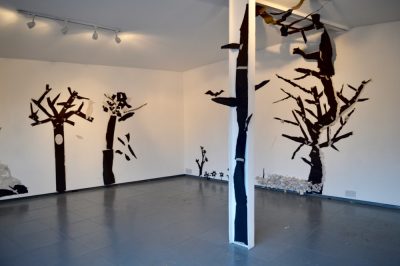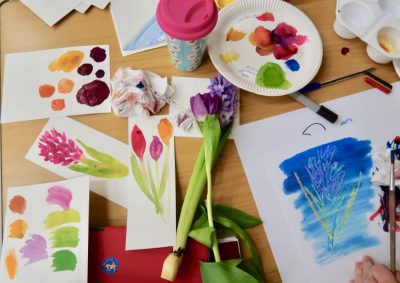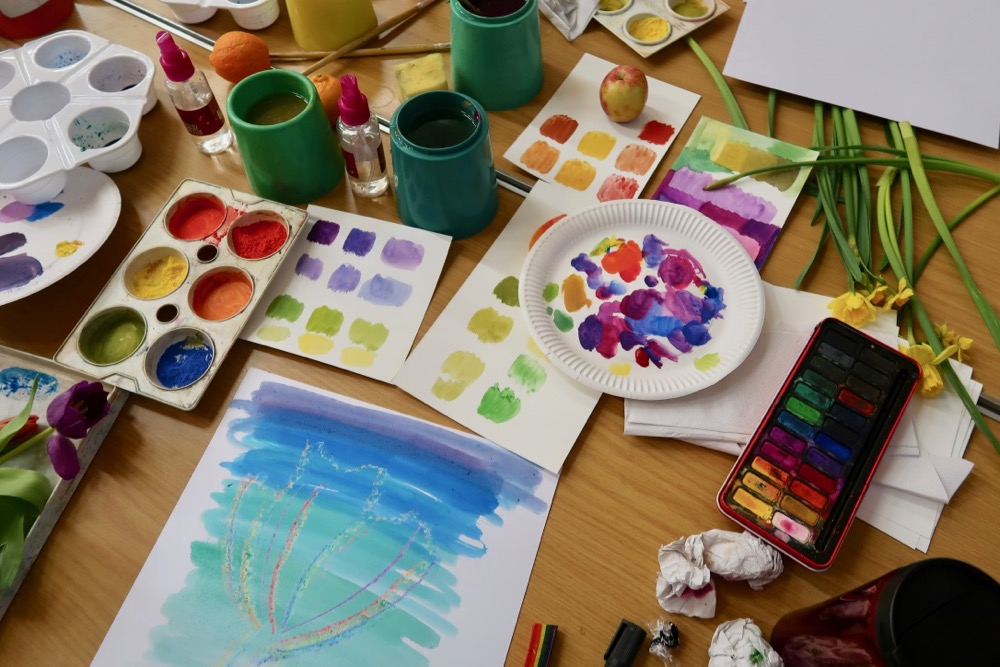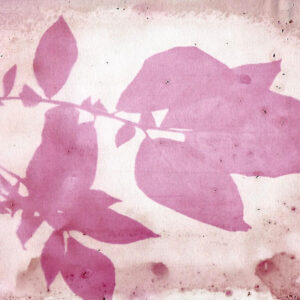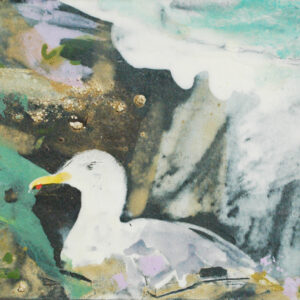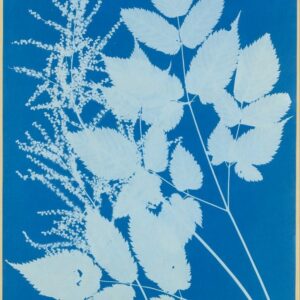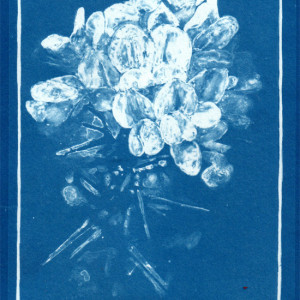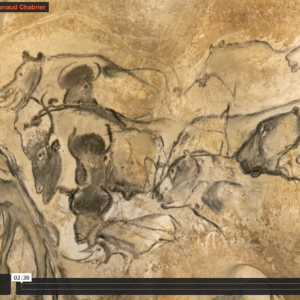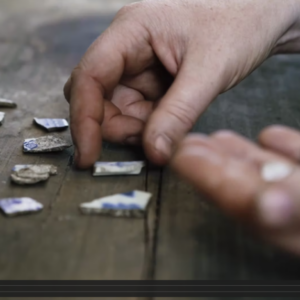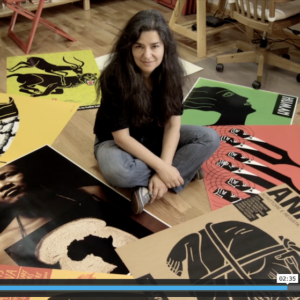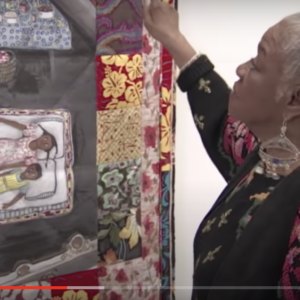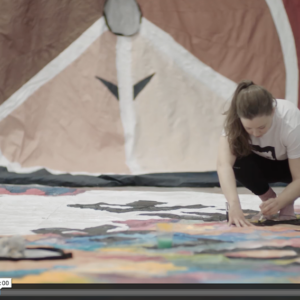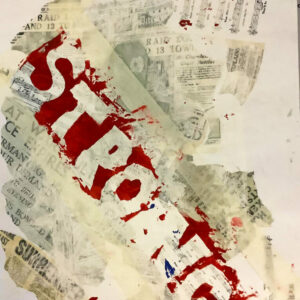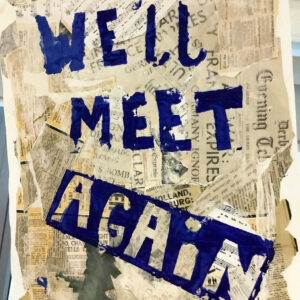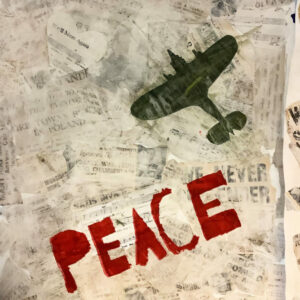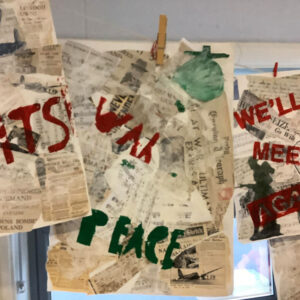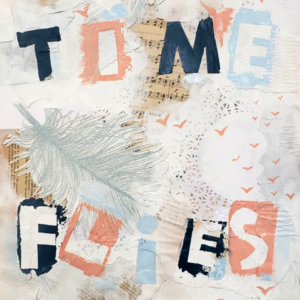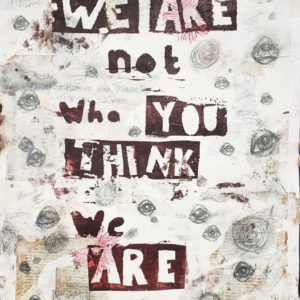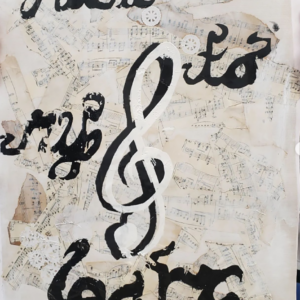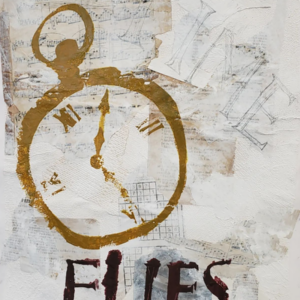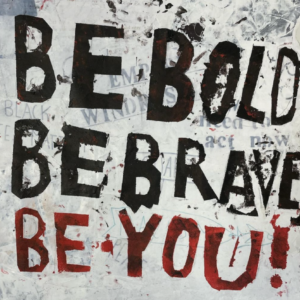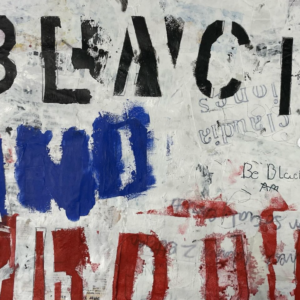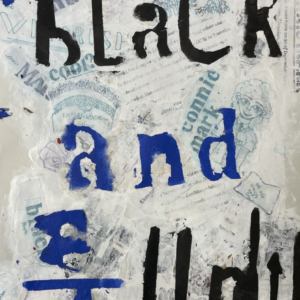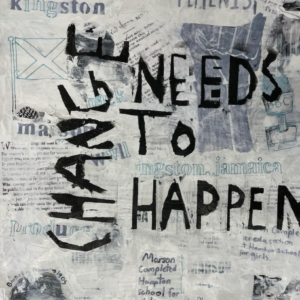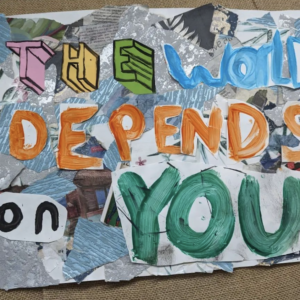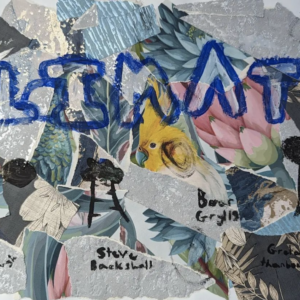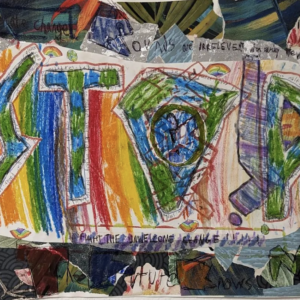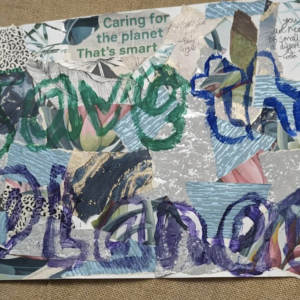By Jan Miller
This resource is part of a collection called Teaching Art to Year Three.
Children wanted to tell the story illustrated in a historical painting to younger children. They chose Penelope with the Suitors 1509 by Pintoricchio, (displayed in the National Gallery, London). They investigated historical puppets and dolls and thought marionettes would allow most animated movement. They wanted to be ambitious with colour and add decorative textiles. Some made Penelope and some made suitors.
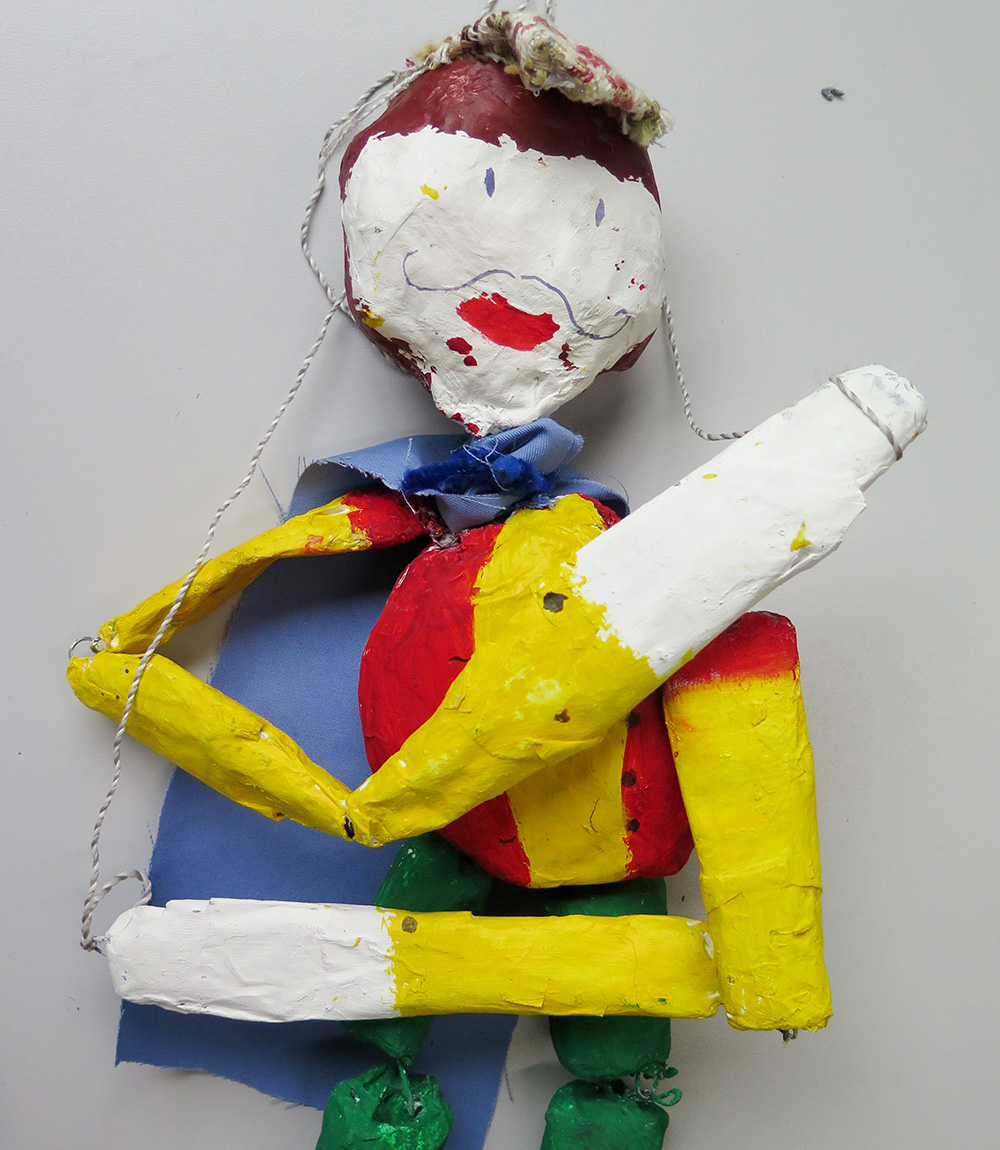
-
Who are the sessions aimed at?
The sessions were run with children aged 8.
The resources below can be used with children aged 7 to 11 (older KS 1 children and KS 2 children).
-
Which areas of exploration are covered?
- Drawing and designing.
- Researching dolls and puppets
- Decision-making
- Problem solving
- Steered by a visual plan
- Learnt about structures and mechanisms
- Used construction techniques
- Used a wide range of tools, materials, processes
- Appreciation of historic art.
- Review, edit, adapt, modify and improve work throughout.
- Making a model that meets a purpose.
-
How much time is needed and how can it be varied?
Each of the six sessions below took one hour with the whole class. If you are working with a smaller group of children, the activities may take less time. The puppets could be made in four longer lessons – designing and making, papier mache, painting base colour and making handles, painting colour and adding detail and attaching handles. Sketchbooks were available in all lessons with their plan as reference – although these were not used as a blue-print.
The children developed an understanding of working in an ordered process. If you follow all the sessions you will cover all the areas of exploration listed. However if time is limited, children could work in pairs, they can tackle the making without prior designing. Teachers could do more prep, for example once lesson is given over to painting the model a basic colour, this could be can be done by the teacher using a big household brush; there is no particular skill involved for the pupil.
A different painting could be used as stimulus.
-
What contexts might the sessions be used?
- Classrooms (as part of art lessons or workshop)
- After school art club or AG&T group.
- Community groups (i.e. Scouts and Guides)
- Gallery, Museum or Art Organisation workshops
-
Materials, Equipment & Preparation
Materials and Equipment
- Newspaper
- Masking tape (1 x holders is ideal for table or children can rip a long strip into pieces, attaching to edge of table.
- Floristry wire – thin flexible length – scissors cut this
- Goggles for when working with wire
- Cellulose paste- this will keep in a box
- Small off cuts of square section wood or small branches
- colour of acrylic paints, inc. black
- White emulsion/brushes
- String
- colours plasticine
- Googly eyes
- Small amount of offcuts of wools, ribbon, braiding
With adult supervision, children used a saw and cool melt glue. Goggles were used when handling wire and they were encouraged to always bend wire ends over. Some children do not like handling the glue, so some disposable gloves were available.
Most children worked unaided throughout, but some needed some assistance when calculating the length of string.
Week 1 Designing the puppet
As well as old master paintings of suitors, antique dolls were used as inspiration for designs. It showed the children the large scale of materials used when making small dolls.
They created a labelled drawing of their design and were encouraged to be ambitious with colour and creative with their ideas.
To access all content, I would like to join as…
AccessArt is a UK Charity and we believe everyone has the right to be creative. AccessArt provides inspiration to help us all reach our creative potential.
